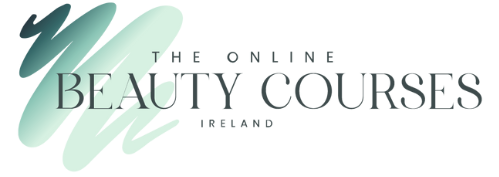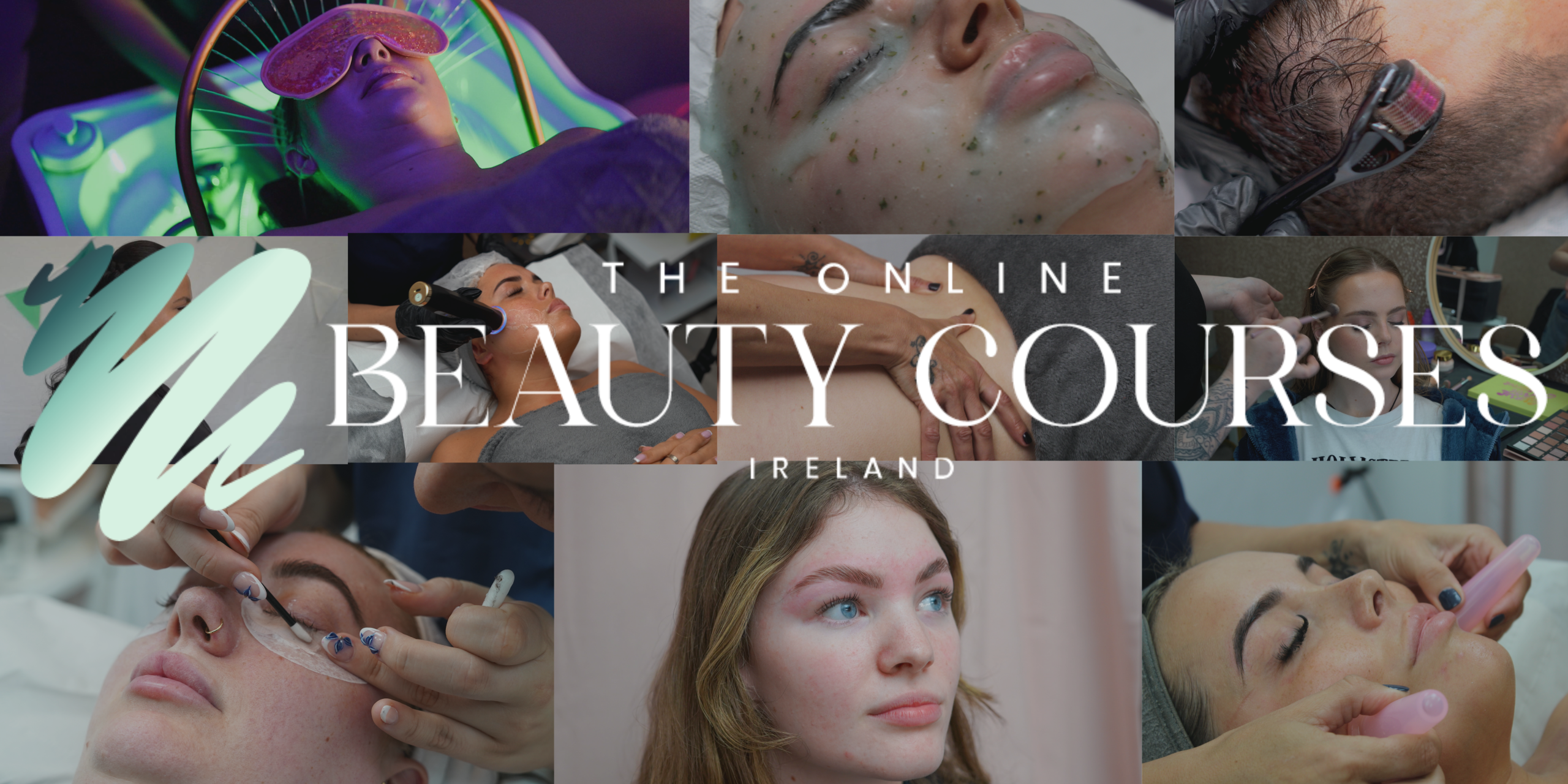BUY 2 COURSES & GET 1 FREE : Add 3 courses to your basket and the discount will be automatically applied at checkout. Valid for a limited time only. BUY 2 COURSES & GET 1 FREE : Add 3 courses to your basket and the discount will be automatically applied at checkout. Valid for a limited time only.
Baby Massage Course
| Module 1 | Introduction | |
|---|---|---|
| Unit 1 | Welcome! | |
| Module 2 | Bespoke First Aid | |
| Unit 1 | Vasovagal Attack (Fainting) | |
| Unit 2 | Anaphylaxis Reaction - Severe Allergic Reaction | |
| Unit 3 | Choking - Children and Infants | |
| Unit 4 | External Bleeding | |
| Unit 5 | Recovery Position | |
| Unit 6 | CPR | |
| Unit 7 | End of Module Exam | |
| Module 3 | Anatomy and Physiology | |
| Unit 1 | Introduction to Anatomy and Physiology | |
| Unit 2 | Dermatology of the Skin | |
| Unit 3 | Epidermis | |
| Unit 4 | Dermis | |
| Unit 5 | Subcutaneous Layer (Hypodermis) | |
| Unit 6 | Functions of the Skin | |
| Unit 7 | Pathological Changes of the Skin | |
| Unit 8 | The Circulatory System (Cardiovascular) | |
| Unit 9 | The Heart | |
| Unit 10 | Skeletal System | |
| Unit 11 | Muscles of the Body | |
| Unit 12 | Contraindications | |
| Unit 13 | End of Module Exam | |
| Module 4 | Health, Hygiene and Safety | |
| Unit 1 | Health and Safety | |
| Unit 2 | Insurance | |
| Module 5 | Baby Massage - About | |
| Unit 1 | What is Baby massage? | |
| Unit 2 | The History of Baby massage | |
| Unit 3 | How does a Baby massage work? | |
| Unit 4 | What are the benefits of a baby massage? | |
| Unit 5 | Client suitability for Baby massage | |
| Unit 6 | Timings and pricing for a baby massage and how often | |
| Module 6 | Preparation | |
| Unit 1 | Consent Forms | |
| Unit 2 | Massage for Additional or Special Needs | |
| Unit 3 | Basic Baby Anatomy | |
| Unit 4 | Baby Massage Techniques | |
| Unit 5 | Why Use Massage Oils? | |
| Module 7 | Step by Step Guidelines | |
| Unit 1 | Baby Massage Step by Step | |
| Unit 2 | Baby Massage Step by Step Video Demonstration | |
| Unit 3 | End of Module Exam | |
| Module 8 | Aftercare | |
| Unit 1 | Aftercare for a baby massage | |
| Module 9 | Completion | |
| Unit 1 | Congratulations |

